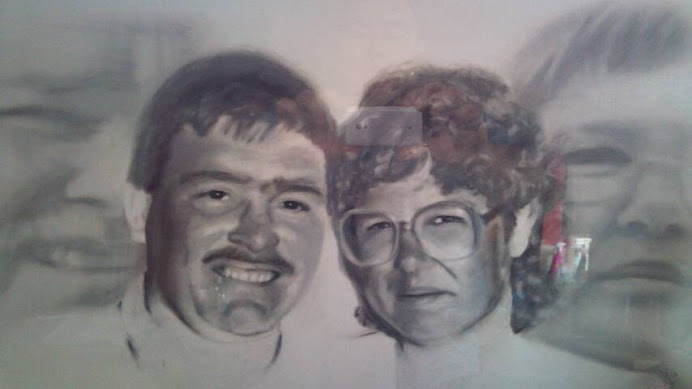My understanding of
Racism was greatly expanded when I undertook my
Masters study in social and economic science at the
Department of International Politics in
Aberystwyth. I suppose, like many other people, I related racism to Black Slavery.
I remember
Michael Appiah explaining to me, that the
English did not bring
slavery to his country. Slavery had been present for some time through tribal exchanges. Slavery was not a new phenomenon that occurred when the English arrived. No, what the English managed to do in Michael’s words was to
industrialise the process.
The obvious difference in skin tone and facial structure must have led to concerns on both sides, the land of the master, and the victim.
My first introduction to racism occurred when I was eleven years of age. I had met a new friend in Secondary school and called at his home on our second day so that we could walk together. We were both from extremely poor backgrounds. Our parents could not afford the bus fare, but we lived too close to be considered for a free bus pass. It became a long walk as the winter months drew in. But this was only the second day of a new term and for me a new beginning. My grandfather has been quite rich prior to his reverse of fortune. My uncle had a university education and my father would have enjoyed the same standard of education if it had not been his desire to seek succour in the Arts.
Anyway, we were poor, this was day two and I was on my way to school. I called at the home of my new friend Glyn and was duly invited in by his Mum. As we sat in the lounge, I was offered a cup of tea which I gladly accepted. A trait for those who know me that I still have today. If you are offered a cuppa, never say ‘no’. One, it’s bad manners, and two, when you are as poor as I have been, you never know when your next cup of tea is going to come from. Especially if you are the type of person who expects a drop of fresh milk rather than the powdered type to grace the cup.
We trundled off to school and I never gave the matter a second thought. Well, why would I? Glyn was my new friend and his Mum had invited me into her home. The next day, I again called for Glyn and we set off for
Queen’s High School that was at the time located in the centre of
Newport Gwent near to the
Westgate Hotel. Which of course is an important location for those of you who know your Welsh rebellion, and injustice history.
As we walked along, Glyn turned to me, and explained that he was now my lifelong friend and that he would be there to protect me whenever anyone ever tried to do me harm. Pretty cool statement really, as I had only known Glyn for three days.
Glyn explained that I was the first white person to ever call at his home, and therefore the first one to enter and receive hospitality from his Mum. His mother was so proud, and Glyn seen that as a bond of friendship. You see, Glyn was what we would now term ‘
Mixed Race’ but in 1971 would have been referred to as a ‘
Half-Caste’.
Glyn Bailey would have been my life-long friend if he had not been murdered on the streets of London in broad daylight aged 17. A gang of Asian youths had killed him because he dared to insist that a parking space was for his relative. The funeral was an extremely sad affair. Well, funerals often are. Glyn was a young man with his life ahead of him. The family were still extremely poor, and when you don’t have worldly possessions, your sense of perspective and focus rests firmly on your kin.
This Blog post is a lead-in to my current study of Welsh history and the racism that occurred during and following the Welsh revolt led by
Owain Glyn Dwr. You see, Africa and Wales are not that far apart historically.






